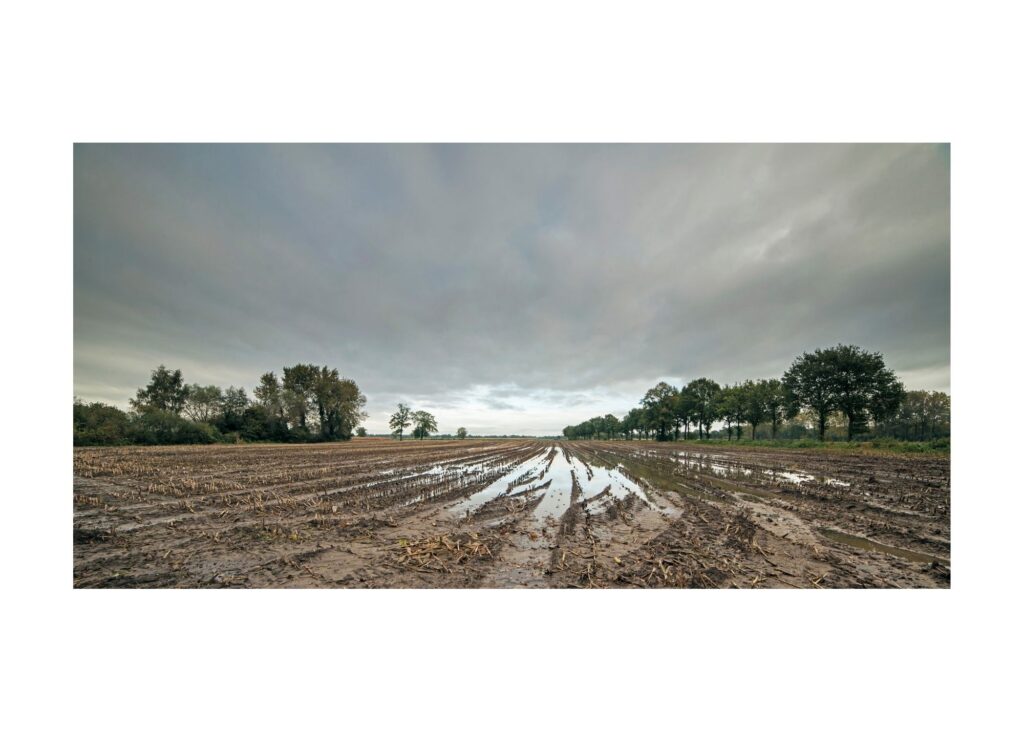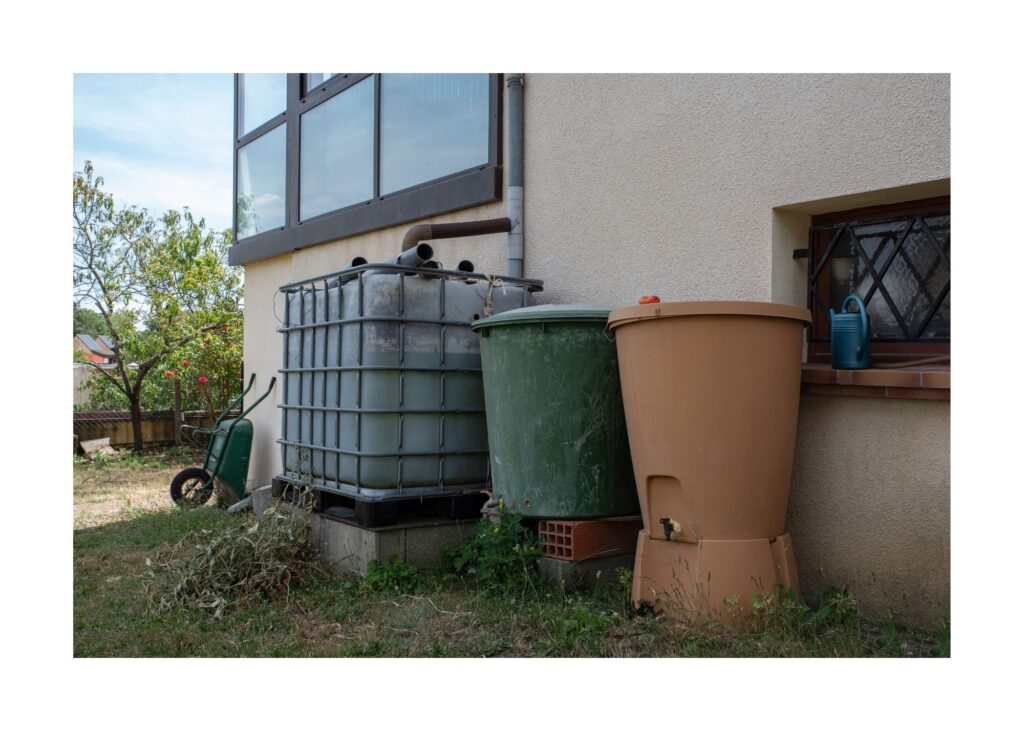
As we move into the hot dry days of summer and away from the spring showers, it’s time to think about capturing your rainwater. Whether it is to cut your water bill or promote conservation of that liquid resource, rain barrels are a great way to encourage rain collection.
A few things to consider:
Most rain barrels come in three standard sizes – 50, 60 and 80 gallons.
A sturdy solid brass spigot is perfect for filling up watering cans. Be sure the placement is low on the barrel but allows for easy can clearance.
Check for a hose accessible drain placed near the bottom of the barrel to easily access every drop of water. Don’t forget to empty your rain barrel before the first fall freeze and leave the spigot open.
You’ll want a tight fitting screen lid to keep out mosquitos and debris, as well as curious pets and kids.
Look for an overflow spout or hose near the top of your barrel to redirect excess water away from your foundation. It can be added later as a basic hose connected diverter kit, but it’s nice to start with one. The smaller your barrel, the more important an overflow diverter is.
Gravity fed systems work when the barrel spigot is higher than the hose in your hand. You can elevate your barrel but use a sturdy, well-built platform since a full rain barrel can weigh up to 500 pounds.
There are pros and cons for the most common types of rain barrels:
Sturdy plastic designed in various styles and colors can be durable, UV resistant and lightweight, on the other hand, they can be costly.
A wooden rain barrel pairs modern features with the natural wood material. Not only are they attractive but are less likely to be windblown, however, they are expensive, heavy and require upkeep.
How about upcycling a repurposed garbage can or old barrel that once held food or drink. They can be lightweight and cheap, but can wear out quickly and you must make some kind of a lid since open top barrels are unsafe.

Better to be safe than sorry:
While most communities encourage rain collection, some areas have restrictions on the amount and method. Be sure to check with your local government before installing more than one 50 gallon barrel.